Power strips and lightning protectors
Power strips and lightning protectors
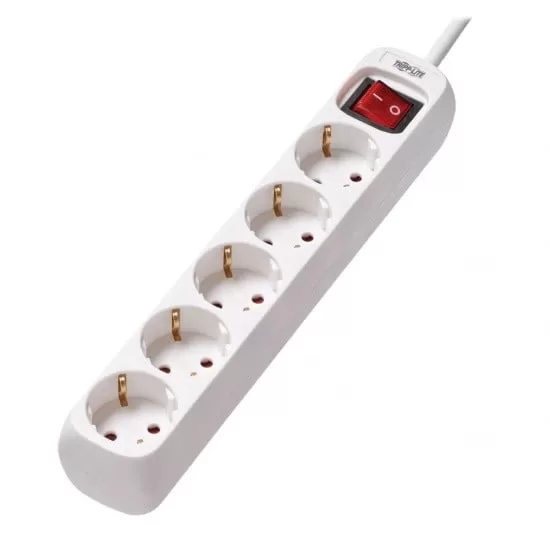 Power strips and lightning protectors
Power strips and lightning protectors
Power strips and lightning protectors are a bit of a mystery to some.
For example:
What is the difference?
Are all surge protectors?
Do you really need a surge protector?
What kind of electrical surges are we talking about, anyway?
Can you plug as many things as you want into the power connector as long as there’s room for a plug?
I’m here and ready to answer all your important questions.
 What is the difference between power strips and surge protectors?
What is the difference between power strips and surge protectors?
People confuse the two because they are exactly the same.
I can’t tell you how many people go to a store to buy a surge protector and come home and find they have a power strip.
The difference is that a power strip is just an extension cord with a lot of outlets.
Thats all about it.
The surge protector has another element inside it that, electrically speaking, will “stabilize” the flow.
This means that it will keep the surge away from what is downstream –
Your computer, flat-screen TV, stereo, or other electronic product you don’t want to damage.
It is especially important to use a surge protector if you live in an area that experiences a lot of electrical storms
Or in a rural area or in a building with a lot of large motors, such as a large furnace or elevator, that can send surges down a power line.
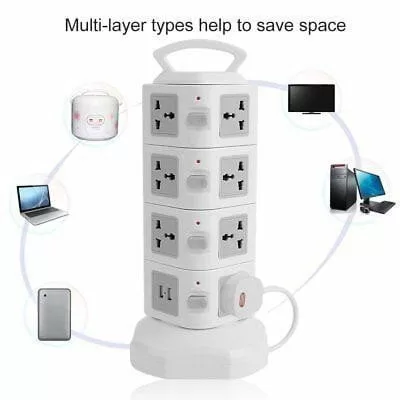 What should I look for when purchasing a power strip or surge protector?
What should I look for when purchasing a power strip or surge protector?
Make sure that the product you purchase is certified.
, and could bear fruit in the future.
We look at fire risk, electric shock risk and even personal injury risk with things like sharp edges.
Also look at the electrical rating — usually given in watts or amps — which tells you how much power you can draw from.
You should know what you’re plugging in so you know you’re not taking more current from the power strip or surge protector than it is designed to handle.
If you don’t really understand it, talk to the people at the hardware store.
The surge protector will also have a suppressed voltage rating.
This ranges from 330 volts to 4000 volts.
You may think you want 4000 volts, but you don’t.
The lower this rating, the better the protection against power surges.
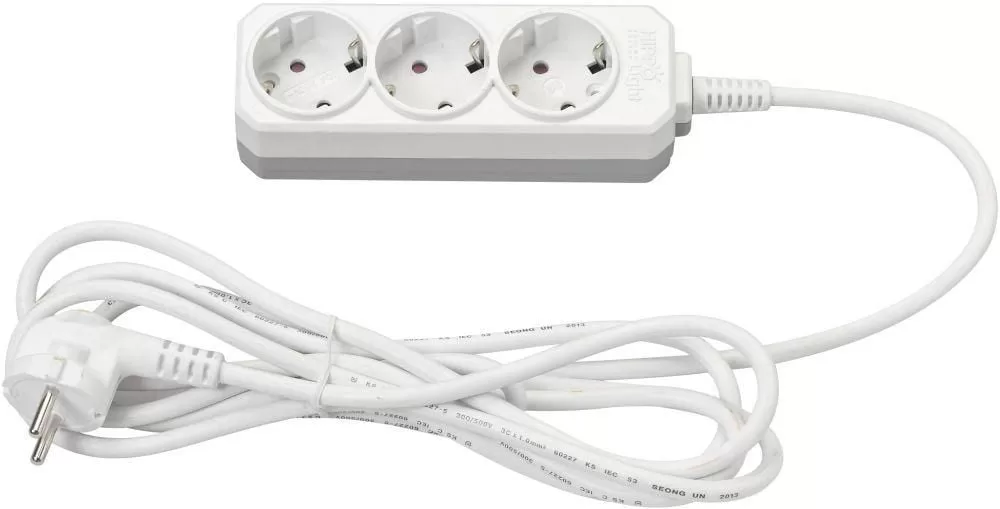 Is there a limit to what I can connect or how many things?
Is there a limit to what I can connect or how many things?
Yes. Just because a power strip has eight ports doesn’t mean you can or should plug in eight things.
This depends on what you are connecting.
There are certain things, such as an alarm clock or a fan used for cooling, that do not consume a lot of energy.
Even a computer or TV doesn’t consume a huge amount of power.
But heating products, such as a toaster, hair dryer, crock pot, or electric fryer, draw a lot of power or current.
This is especially true for appliances that are constantly used, such as a space heater or crock pot.
Save it to one of these for each power sector.
If you do not limit the number of heating products or appliances, it is very easy to overload a power strip or surge protector and have a circuit breaker trip.
If this happens, the circuit breaker is doing exactly what it was designed to do.
The bad news is that you have to go into the basement, or wherever, and reset it.
I use a lot of power outlets throughout my house, and I have more than one in some rooms. Is this safe?
If you find that you are using a lot of power strips and surge protectors, it probably means that your home is old and does not have enough outlets.
If you have a home like this, you’ll probably notice that you’re blowing fuses or popping circuit breakers frequently.
If this happens, it’s time to call an electrician or electrical contractor.
It’s expensive, but they can add additional ports.
Also, they will know what type of wire to use and how to connect it to the circuit breaker box and will give you additional circuit breakers that can handle that type of load.
Can power strips be a fire hazard?
If the power connector has a long cord and you don’t want anyone to trip over it, never throw a rug over the cord.
It’s one of the worst things you can do.
People will walk on it for a year, two years, five years, and eventually that will start to break the wires in that rope.
The wires can start to heat up, picking up heat, causing a fire.
Our statistics show that this seems to happen in the middle of the night. It can be very, very dangerous.
Also, though, power plugs and surge protectors do expire
Or you need to replace it after a specific period of time, take a close look at the wire and the joint itself from time to time.
If it has been damaged in any way, especially the wire – perhaps it is frayed or the insulation has become brittle and coming apart –
It’s time to get rid of that power socket and get a new one.
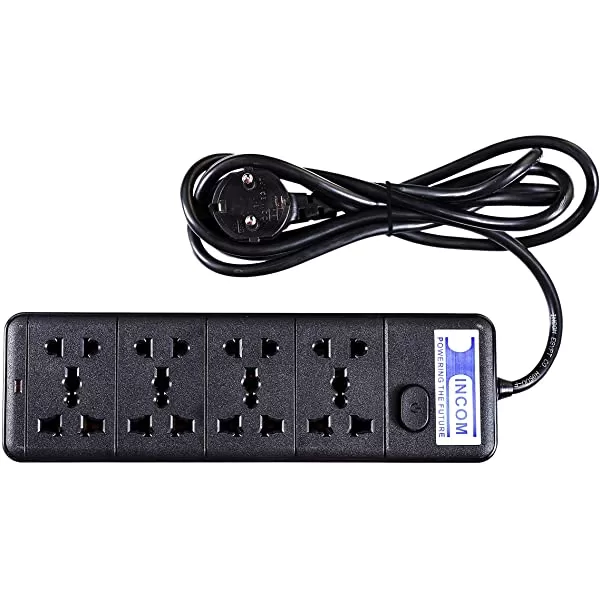 Surge Protectors vs. Power Strips: Which is Right for You?
Surge Protectors vs. Power Strips: Which is Right for You?
If you are in the market for additional electrical sockets
Chances are, you’ll see both surge protectors and power strips available online or in-store.
Have you ever wondered what the difference is between a power strip and a surge protector?
Have you ever wondered how to tell the difference?
Below, we explain the difference between power outlets and surge protectors, and provide a quick guide to help you figure out what you need.
What is the difference between a surge protector and a power strip?
The difference between a power strip and a surge protector is that the power strip adds space
An additional outlet while a surge protector defends against potential voltage spikes that can damage electronics, appliances or equipment.
Although they look similar, you may be able to see the dissimilarity in a power strip and a surge protector when you come across the Joule rating on the package.
Only surge protectors will have this rating.
A joule is a unit of measurement for energy (such as watts or calories).
They measure how long your devices will be protected.
Sometimes, it may take just one large power surge to exceed the number of joules your devices are protected against
, but sometimes, it may take ten or fifteen small mutations to do so.
Keep in mind that the number of joules your power strip protects acts like a reservoir to some extent.
When you initially buy a surge protector, you may see a sticker of 2,000 joules, but this will deplete over time.
As the surge protector takes hits from power surges, the level of protection will decrease, either in one huge hit or over time.
So, how do you differentiate between a surge protector and a power strip?
The simple answer is that you can’t always tell.
Some surge protectors have a light that comes on to tell you when the tank is low;
Other surge protectors have a simple alarm system to let you know it’s time to buy a new unit.
Why choose a power strip?
 Power strips are great if you have multiple electronic devices in close proximity to each other.
Power strips are great if you have multiple electronic devices in close proximity to each other.
Most outlets in residential and commercial areas only include two sockets, which is not always enough, so having the extra subscriber is really convenient.
Power strips typically have several outlets, a circuit breaker, and some type of on/off switch
, which is great for businesses or restaurants looking to conserve energy.
While some power strips have a built-in surge protector,
However, it is not all of them, which makes your electronics vulnerable to electrical power surges.
Power strips are relatively affordable in terms of price.
You can usually get one for less than 500 le, and some are even available for less than 250 le.
So if you’re looking for a few extra electrical outlets, this is probably the option for you.
Why choose surge protector?
Like power strips, surge protectors are ideal when you have multiple electronic devices in the vicinity.
With so many electrical outlets, a surge protector can house phone, computer or TV cords
, allowing them all to charge while at the same time protecting them from voltage surges.
This protection is measured in joules.
Surge protectors are modest in price
So if you’re looking for a way to protect your TV, computer, and home entertainment system, these are great options.
You can usually find them for less than 500 pounds, but more expensive options offer protection up to a greater amount of joules.
If you have a large operation with major appliances such as refrigerators and AC units or computers and servers
Unless you are connected to a UPS (uninterruptible power supply), you may need to consider commercial surge protectors.
Commercial surge protectors can be a little more expensive, but keep in mind that a surge protector is less expensive than replacing items that may be damaged in a power surge.
Some surge protectors come with a warranty.
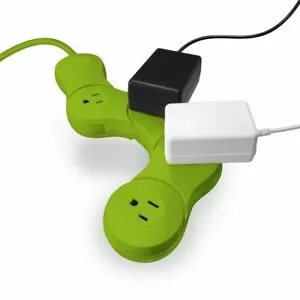 What is an increase in electrical energy?
What is an increase in electrical energy?
A power surge is a sudden surge in a building’s electrical current that usually lasts less than a second.
Although the power surge is short,
However, it can cause damage to both your electronics and your devices.
In extreme cases, a power surge can cause a fire.
These surges in strength can occur for several reasons.
Faulty Wiring When you have faulty wiring that cannot handle the electrical energy generated by a voltage surge, you are more vulnerable to it.
Turn on or off high power devices when they are running
Or turn off the motor of a high-power appliance such as an AC unit or refrigerator, you may experience a power fluctuation.
Lightning Stroke A lightning strike can cause a voltage spike
, which may burn TVs, computers, etc.
As a result of being well aware of the difference between a surge protector and a power strip
, you can make a more informed decision, taking better care of all your electrical appliances.
Whether you’re in the market for a few electrical outlets or you’re looking for protection for larger ticket items
Now you know what to look for to make sure you’re getting the most for your money.
Power strips and lightning protectors
Power joint
 To know our latest products and special offers, please subscribe to our social media pages:
To know our latest products and special offers, please subscribe to our social media pages:
Our Facebook page=> Gahzly store
Our Twitter page=> Gahzly store


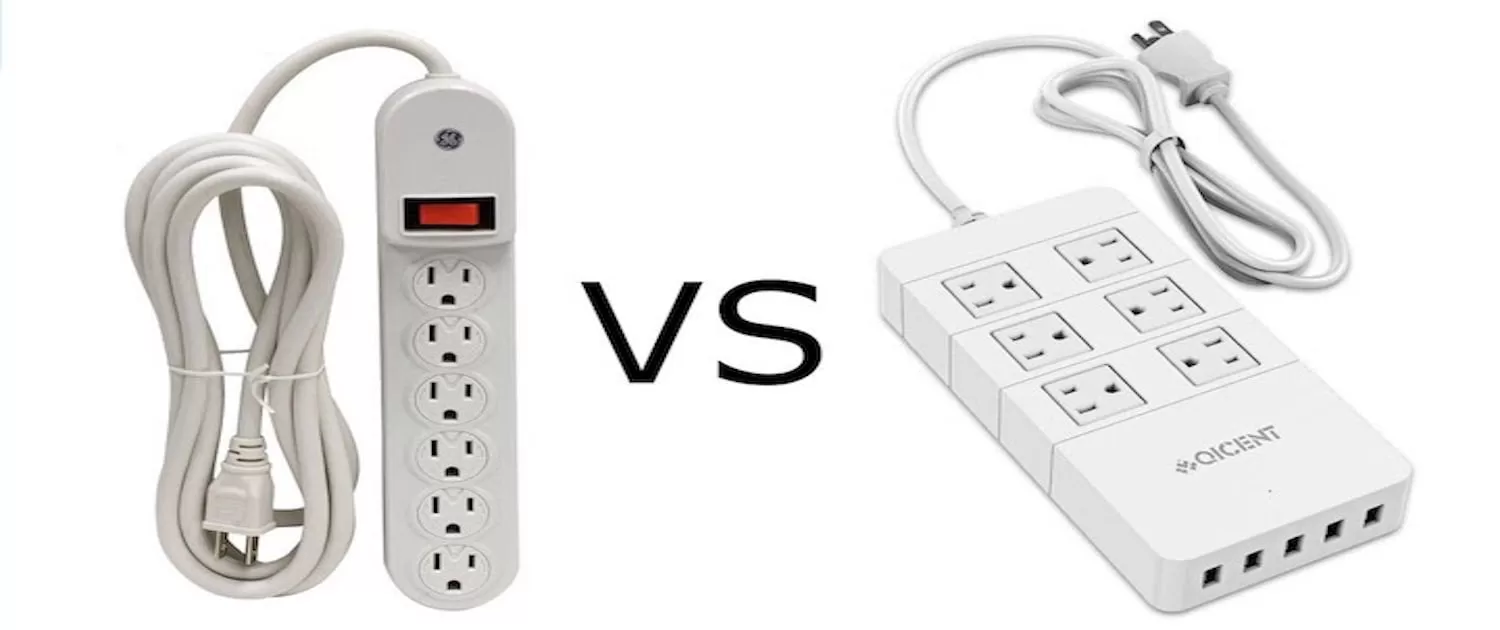
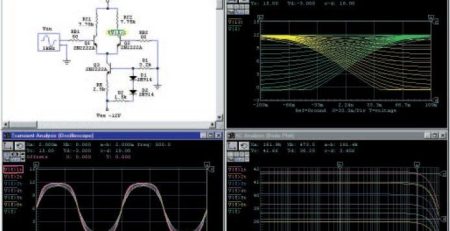


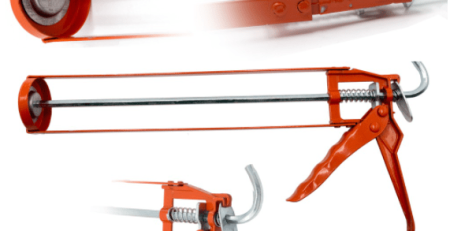
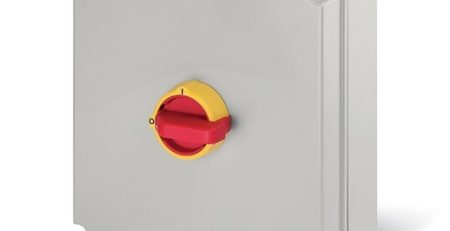

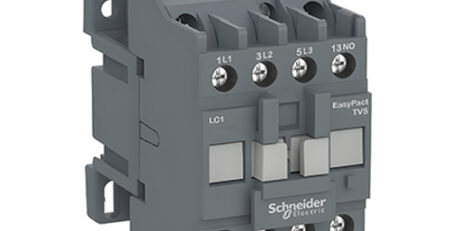

Leave a Reply
You must be logged in to post a comment.